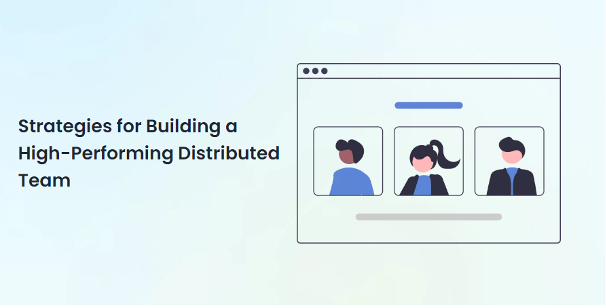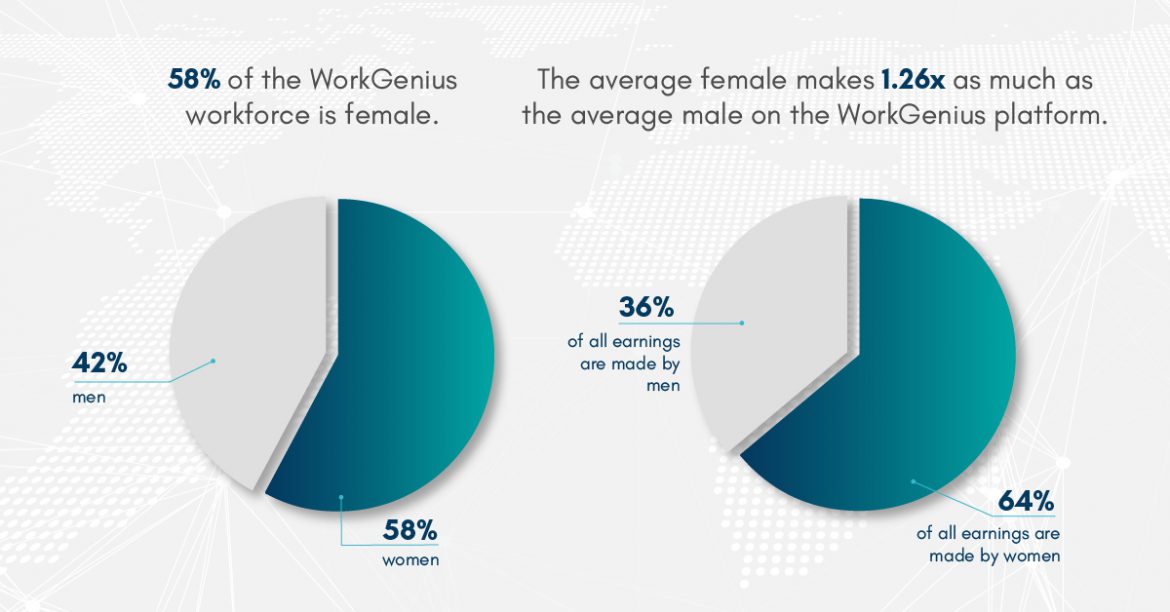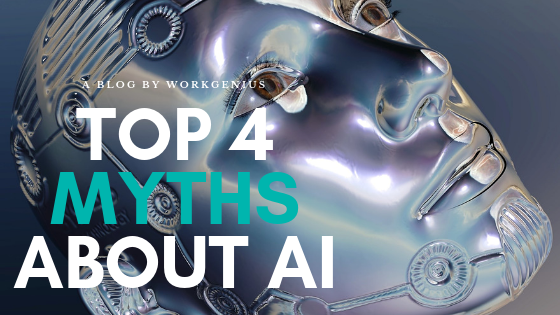In today’s increasingly diverse and competitive global market, companies that prioritize diversity, equity, and inclusion (DEI) are more likely to attract and retain top talent, improve employee engagement and productivity, and drive innovation and growth. Because of their tremendous impact on the overall success of a company, DEI efforts should be integrated into every aspect of the company, including the recruiting strategy.
A diverse workforce brings different perspectives, skills, and experiences to the table, which can lead to more creative and effective problem-solving, and better decision-making. Studies have shown that diverse teams are more likely to outperform homogeneous teams in terms of financial performance, problem-solving, and innovation. For example, a study by McKinsey found that companies in the top quartile for ethnic and racial diversity are 35% more likely to have financial returns above their industry median.
In addition to driving business success, DEI is also essential for creating a fair and equitable workplace. When a company prioritizes DEI, it is more likely to attract and retain talented individuals from underrepresented groups, who may have historically faced barriers to entry in the workforce. By creating an inclusive and equitable environment, a company can also reduce turnover and absenteeism, improve employee engagement and productivity, and create a positive reputation in the community.
So how can companies integrate DEI into their recruiting strategy? One effective and obvious approach is to actively seek out and engage with underrepresented groups, including women, people of color, LGBTQ individuals, and people with disabilities. This can include attending job fairs and events that specifically target these groups, partnering with organizations that support diverse candidates, and using targeted advertising and social media campaigns.
Another important step is to review and revise job descriptions, interview questions, and other recruitment materials to ensure they are inclusive and free of bias. This includes avoiding language and requirements that may unconsciously exclude certain groups, such as asking for a certain number of years of experience or a specific degree.
A further effort is to ensure that the recruiting process itself is fair and equitable. This can be achieved by implementing blind resume screening, where candidates’ names and identifying information are removed to reduce bias, and by creating a structured and consistent interview process that allows all candidates to be evaluated on their qualifications and abilities. This approach is quite common in the US, but not so in the European market.
It’s also important to have a diverse hiring team and interviewer pool to ensure that candidates from underrepresented groups are not being unconsciously discriminated against.
However, simply having a diverse workforce is not enough; companies must also actively work to create an inclusive culture where all employees feel valued, respected, and supported. This means creating policies and practices that ensure equity, such as fair promotion and compensation, and providing employee development and mentorship opportunities. It also means fostering an environment all employees feel comfortable bringing their authentic selves to work, and where bias and discrimination are not tolerated.
In conclusion, diversity, equity, and inclusion are critical elements for the successful functioning of a company. By actively working to create a diverse and inclusive workforce, companies can drive innovation, improve employee engagement and productivity, and create a fair and equitable workplace. Companies can achieve these by actively seeking out and engaging with underrepresented groups, reviewing and revising recruitment materials and processes, having a diverse hiring team, and creating Employee Resource Groups (ERGs) and other initiatives that provide support.





























